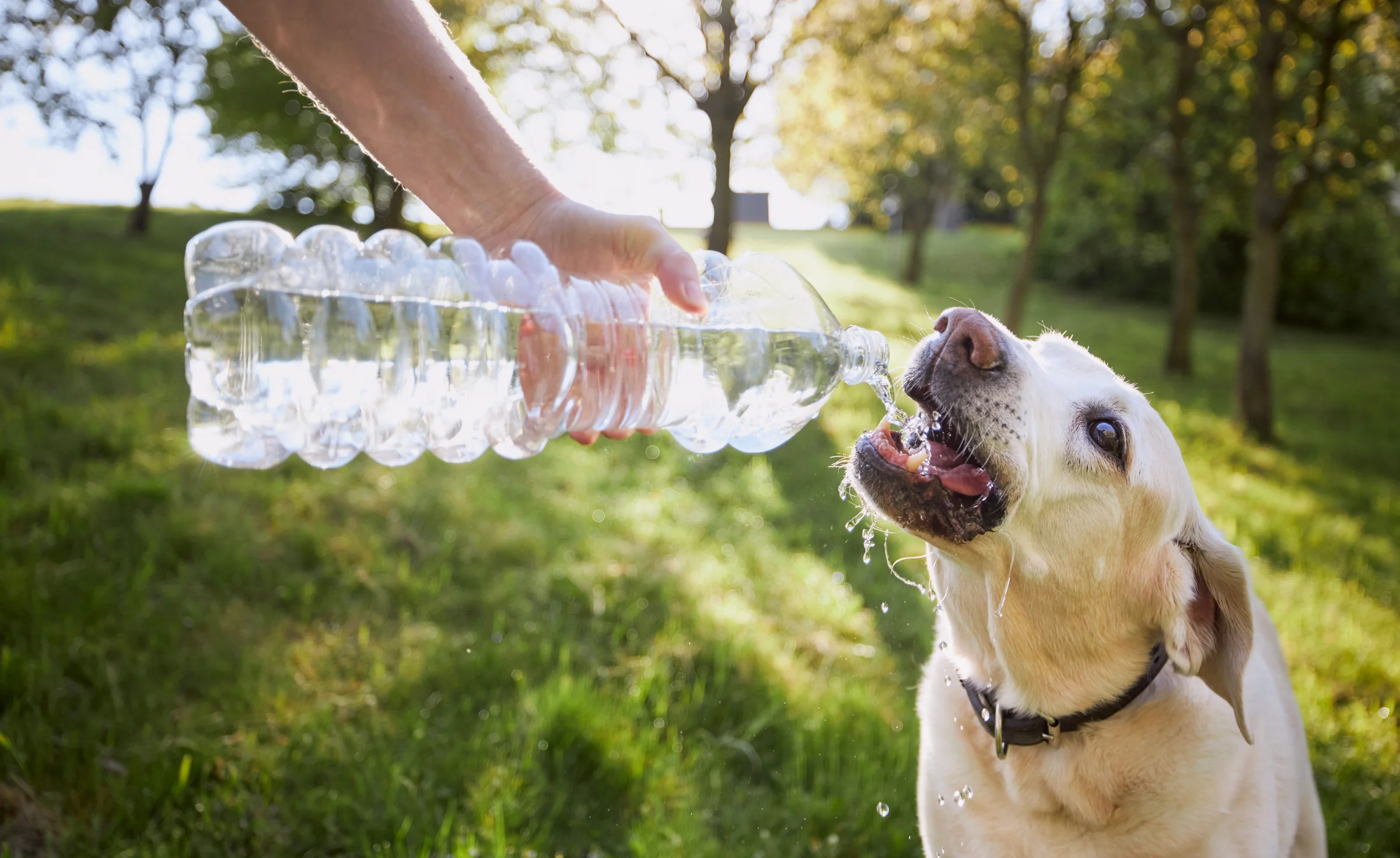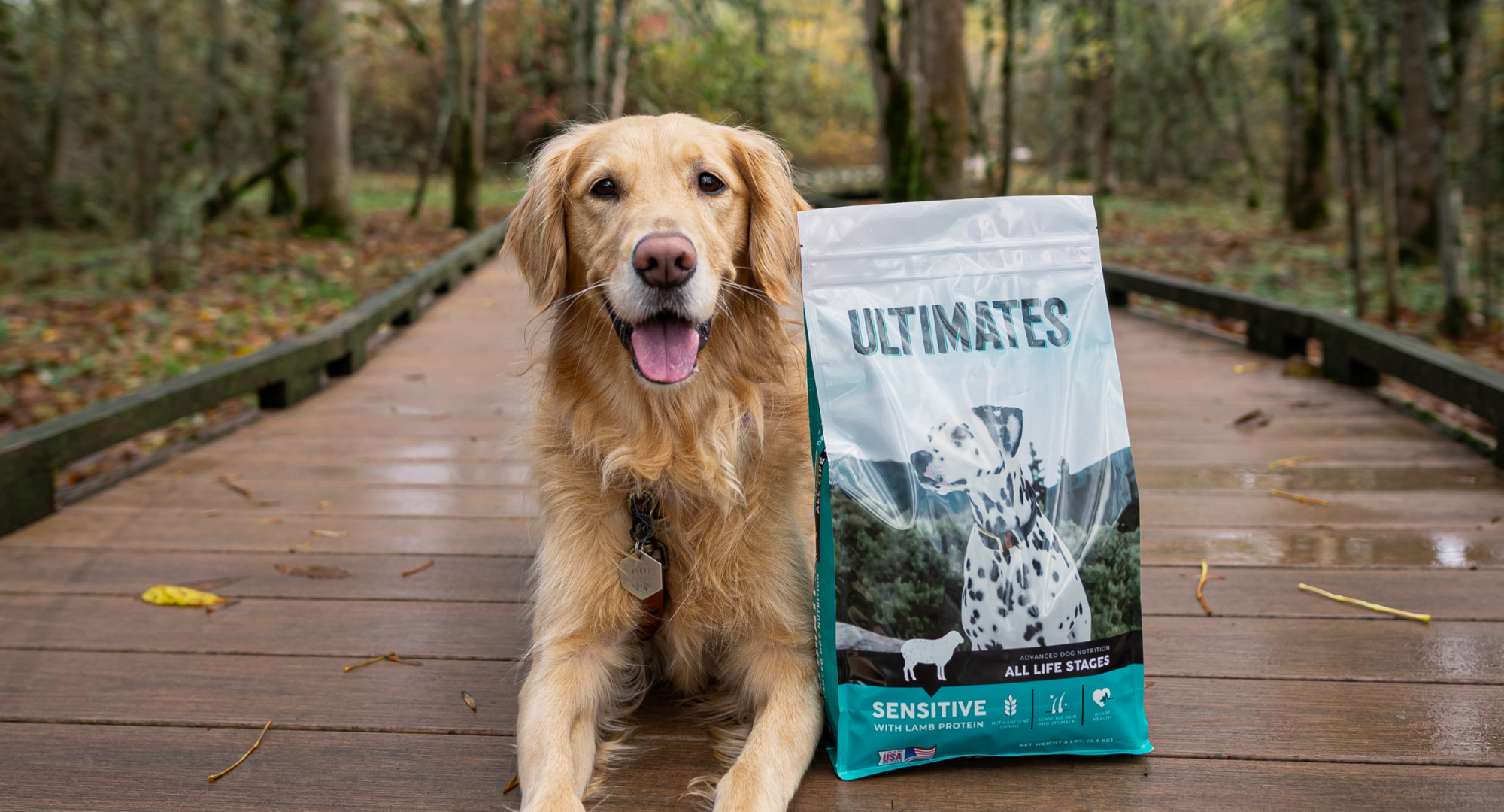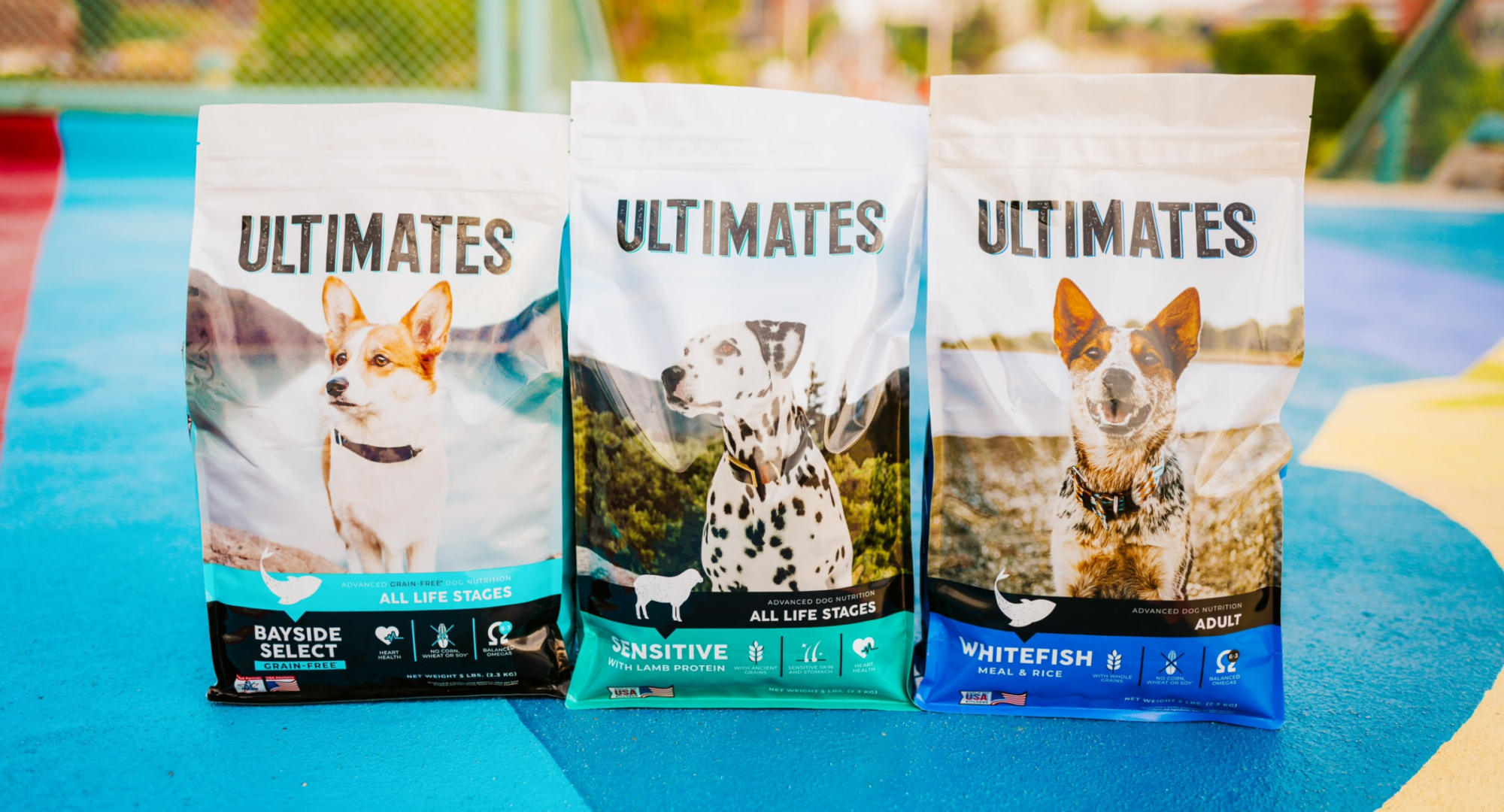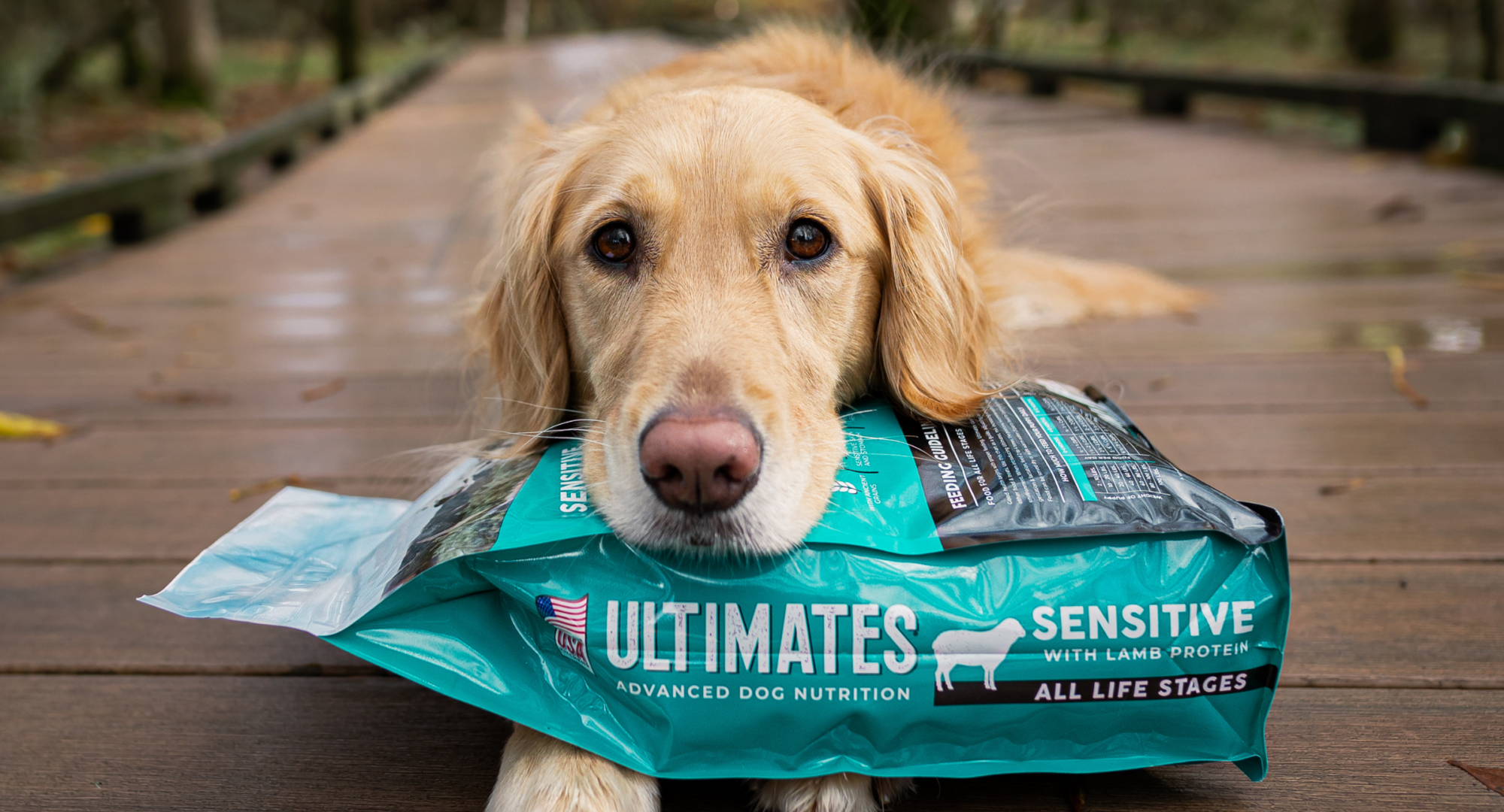How to Get Your Dog to Drink More Water
Water is just as important for dogs as it is for us. It keeps their body functioning properly, helps with digestion, and prevents dehydration. But what happens when your dog refuses to drink enough water? A dehydrated dog can quickly face serious health issues, so getting them to drink regularly is essential.
In this article, we’ll cover how much water dogs need, why your dog might not be drinking, and practical ways to encourage hydration. Whether it’s adding chicken broth, offering ice cubes, or trying a pet fountain, we’ll help you keep your pup happy, healthy, and hydrated.

Why Hydration is Essential for Dogs
Just like humans, dogs need enough water daily to stay in good health. Proper hydration supports kidney function, temperature regulation, and overall wellbeing.
How Much Water Do Dogs Need Daily?
A general rule of thumb is that most dogs need about an ounce of water per pound of body weight each day. That means a 50-pound dog should drink around 50 ounces (or about six cups) of water daily.
However, puppies, active dogs, and older dogs may need even more water to stay hydrated. Dogs that eat mostly dry kibble also need extra water compared to those that eat wet food, since wet dog food has a higher moisture content.
Why Isn’t My Dog Drinking Water?
If your dog won’t drink water, don’t panic just yet. There are plenty of reasons why your dog might be avoiding their water bowl, and some are easier to fix than you might think.
Common Reasons Dogs Avoid Water
One of the most common reasons dogs drink less water is stale or dirty water. Dogs love fresh water, and if their bowl hasn’t been cleaned in a while, they might turn up their noses.
Some dogs avoid drinking because of their whiskers touching the bowl, especially if it’s too deep or narrow. Others might be sensitive to the taste of tap water, preferring bottled water or filtered options instead.
If your dog recently moved to a new location, they might be hesitant to drink because of unfamiliar surroundings. Changes in routine, stress, or even switching from one type of food to another can lead to reduced thirst.
Signs of Dehydration to Watch For
Dehydration in dogs can lead to serious health issues, so it’s important to recognize the signs early. Here are some signs to watch out for:
- Dry gums. If your dog’s gums feel dry or sticky instead of moist, it could be a sign of dehydration. Healthy gums should be smooth and wet.
- Sunken eyes. Dehydration can cause a dog’s eyes to appear dull or sunken. This is particularly noticeable in severe cases.
- Excessive panting. While panting is normal after exercise or in warm weather, excessive panting without an obvious cause can indicate dehydration.
- Lethargy. A dehydrated dog may seem more tired than usual, show less interest in activities, and have reduced energy levels.
- Skin elasticity test. Gently pinch the skin on the back of your dog’s neck. If it doesn’t snap back quickly, your dog may be dehydrated and needs more water immediately.

Practical Tips to Encourage Your Dog to Drink Water
If your dog isn’t drinking enough water, there are plenty of simple tricks you can try to increase their water consumption. Here are a few things to try:
Keep Water Fresh and Accessible
Dogs prefer clean, fresh water, so make sure to change their water bowl daily. If you wouldn’t drink it, your dog probably won’t either!
Place multiple water bowls around your home so your dog always has easy access. This is especially helpful for older dogs that might not want to walk far to find their water.
Try a Pet Fountain or Multiple Bowls
Some dogs prefer moving water over still water. A pet fountain can make drinking more fun and keep the water fresh longer. Many dogs are drawn to the flowing water, making it a fun way to stay hydrated.
If a fountain isn’t an option, placing multiple water bowls in different locations is still a great option. It’s worth noting that some dogs don’t like drinking from their main bowl if it’s in a high-traffic or noisy area.
Add Flavor with Chicken Broth or Wet Food
Dogs can’t resist delicious flavors, so adding chicken broth or bone broth to their water can make drinking more enticing. Just make sure to use low-sodium broth with no added onions or garlic, as those ingredients are toxic to dogs.
Another trick is mixing water into your dog’s food. Adding a little warm water to dry kibble or mixing in wet food increases their moisture intake without them even realizing it.
Choosing the right food is also important – high-quality kibble provides the essential nutrients your dog needs. Our Ultimates dog food recipes are made with carefully selected ingredients to support digestion and overall wellbeing.

Offer Ice Cubes or Frozen Treats
Some dogs love chewing on ice cubes, especially on hot days. This can be a great way to increase hydration while also cooling them down. So, try adding a few to your dog’s water bowl.
You can also make homemade frozen treats by freezing water mixed with chicken broth or dog-safe fruits like blueberries. It’s like a doggy popsicle that keeps them entertained and hydrated at the same time!
Creating a Dog-Friendly Hydration Routine
Building a hydration routine helps make sure your dog gets enough water every day. Here’s how to get started:
Daily Tips for Keeping Your Dog Hydrated
Encourage your dog to drink after meals, playtime, and walks by offering fresh water in a familiar spot. Some dogs drink more if you praise them or offer a treat afterward – who doesn’t love a little positive reinforcement?
If your dog isn’t a big drinker, try setting reminders to check their water intake throughout the day. This is especially helpful in hot weather when dogs are more prone to dehydration.
Monitoring Your Dog’s Water Intake
Keeping track of your dog’s drinking habits can help you spot potential health problems early. If you notice a sudden increase or decrease in water consumption, it could be a sign of kidney disease, diabetes, or a urinary tract infection.
Use a water bottle with measured markings to track how much your dog drinks each day. If their daily intake drops significantly, a vet visit might be a good idea.

When to Seek Veterinary Help
If your dog isn’t drinking at all, it’s time to get professional help. Severe dehydration can quickly lead to serious health problems if left untreated. Here’s a quick recap of the main signs of severe dehydration:
Signs of Severe Dehydration
- Dry gums and a sticky mouth
- Lethargy, weakness, or confusion
- Sunken eyes and loss of skin elasticity
If you notice these symptoms, offer water immediately and contact your vet as soon as possible.
Potential Underlying Health Issues
Sometimes, a dog’s reduced thirst isn’t just a phase – it can be a symptom of bigger underlying health issues. Conditions like kidney disease, urinary tract infections, and diabetes can all affect water intake.
If your dog refuses to drink for more than 24 hours, a vet can run tests to rule out any medical conditions and provide a treatment plan.
Key Takeaways
- Hydration is essential. Dogs need about one ounce of water per pound of body weight daily.
- Some dogs are picky about water. Try a pet fountain, multiple bowls, or bottled water if they refuse to drink.
- Flavor boosts can help. Adding chicken broth or wet food can encourage picky drinkers.
- Frozen treats are fun and hydrating. Ice cubes or frozen broth treats can make drinking more enjoyable.
- Watch for signs of severe dehydration. Dry gums, sunken eyes, and lethargy can indicate a serious problem.
Is Your Dog Drinking Enough Water?
Encouraging your dog to drink water might take a little creativity, but with patience and a few tricks, you can keep them hydrated and healthy. And remember, If your dog isn’t drinking at all, don’t hesitate to seek expert advice from a vet – it’s always better to be safe than sorry.

